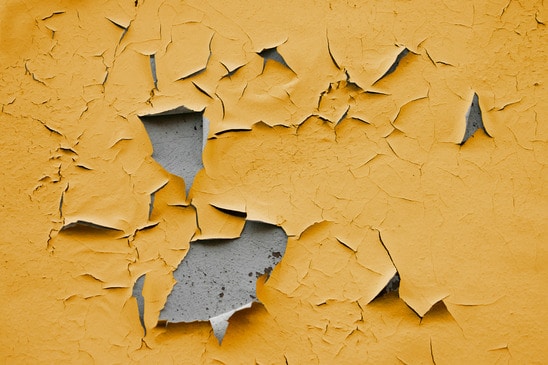Issues With Your Paint? Here are Common Problems
Have you ever painted a room, only to walk back in a few hours later and immediately know something is wrong? There are many possible issues with your paint, ranging from application problems to improper treatment of the surface.
Dilution
Dilution occurs when the paint is not used according to manufacturers recommendation. Problems can range from a weak application, and the paint not covering properly, to intense coverage with heavy concentrations.
 Contamination
Contamination
What did you stir the paint with? Did you pour the paint into a can or tray with dust or dirt? If the paint isn’t pure, you probably won’t get the results you were hoping for.
Peeling
This usually occurs when the surface wasn’t treated properly before the paint was applied. In many cases it can come from moisture or dampness on the surface.
Chalking
Chalking comes from a progressive powdering of the the paint film on the painted surface. Chalking is usually an exterior problem, and comes from exposure to UV radiation from the sun and condensation from dew. If not properly controlled before painting, it will continue to be a problem.
Cracking
Cracking comes from painting more than one coat of paint before the first had time to dry. When the paint film expands or contracts due to interaction with a new coat of paint on top, it will crack underneath, giving your entire paint job the “cracked” look.
What Your Paint Color Choice Says About You
Erosion
Erosion is a very quick chalking process. When your home is subject to quick chances in the weather – cold, heat, rain, wind – it can effect the quality of the current paint applied to your home.
Blistering
Blistering is caused by improper surface exposure to strong sunshine. To ensure a quality paint job, the area must be prepped thoroughly before application, with the paint job occurring during top weather conditions.
